Barcelona is one of the world’s great cities; happily, it seems to be waking up from a lengthy nightmare of its own conjuring. During the anti-everything leadership of its previous mayor, failed actress Ada Colau, empty storefronts, open-air drug markets and sidewalks reeking of urine proved unconducive to outside investment. A deal to establish a local branch of the Hermitage Museum fell through, thanks to political virtue-signaling by local officialdom. Anti-tourism campaigners stepped up their activities over a period of years, even as cities such as Madrid and Málaga began to boom with historic renovations, new luxury hotels and cultural projects designed to attract visitors.
Fortunately, things seem to be turning a corner. Under new mayor Jaume Collboni, the graffiti and disorder plaguing the Ciutat Vella — the old city — have been dramatically reduced. It was recently announced with much fanfare that renowned art collector Carmen Thyssen will be opening a major new museum of nineteenth- and twentieth-century art on Barcelona’s smartest boulevard in 2027. Things appear to be on the upswing, at least culturally speaking, and a shining example is the new Colección Casacuberta Marsans, which just opened in a long-shuttered building in the heart of the city’s Gothic quarter.
The Hospital de Sant Sever, located a stone’s throw from the city’s cathedral, was founded in 1412 to provide medical care for Barcelona’s clergy and added to over the next 600 years, so that when it finally closed in 1925 it reflected architectural styles from Gothic through neoclassical. No one now living is likely to recall what it looked like before it was chopped into commercial and residential units after the Spanish Civil War, or what lay behind the giant portal with its carved stone cherubs.
Until recently, the hospital’s main façade on Carrer de la Palla was draped with a fraying plastic construction tarp, collecting dirt, debris and pigeon droppings. Neighboring businesses and residents complained vociferously while the city did nothing. The historic hospital came to stand as a sort of metaphor for the unsafe and unsanitary mess the quarter had fallen into.
Last summer, on my way back from visiting a nearby art dealer, I noticed that the tarp was gone, and the front door of the old hospital stood partly ajar. I peeked inside and noticed a pile of packing crates, an airy atrium, and a steel staircase that corkscrewed its way through the center of the building. At the far end spotlights were trained on a colossal Early Gothic carved wooden crucifix. It hung against a vaulted wall of the very recognizable variegated stone from nearby Montjuïc, used for centuries to build important structures from the Roman Forum to Barcelona’s own Sagrada Familia.
Six months later, I found myself finally walking through the mysterious entrance and into the former hospital itself. A few weeks earlier, the beautifully renovated building had reopened as the new home of the art collected by the Casacuberta Mar- sans family. In the atrium, once a chapel forecourt, I met art expert Nadia Hernández Henche, an advisor to collector Fernando Casacuberta; Cèlia Querol Torelló, who runs the new space; and press assistant and tour guide Daniel Tulloch Jiménez.
The collection itself contains a range of some 300 paintings and sculptures dating from the twelfth to the twentieth centuries, primarily featuring Catalan art but also important works by Spanish, Dutch, Italian and other European artists. Its variety is particularly impressive, especially since the collection was not accumulated over centuries but sought out and acquired within the past thirty years. The curators have carefully selected and juxtaposed pieces created centuries apart to reflect the depth and resonance of a painstakingly composed yet dynamic exploration of Spanish, especially Catalan, art.
The massive thirteenth-century polychrome crucifix I had first seen through the doorway months earlier was now paired with 1890’s “Examination of Conscience,” a similarly massive canvas by Modernist painter Ramon Casas, depicting a black-clad woman contemplating a small crucifix in a sunlit room. In a neighboring gallery, an “Ecce Homo” by the seventeenth-century Baroque painter Mateo Cerezo, still housed in its original inscribed frame, shares a corner with the bearded “Male Gypsy” (1901) of the post-Impressionist painter Isidre Nonell, renowned for his representations of the urban poor. The red-robed figure of the upward-looking, suffering Christ, set against a black background, is strikingly balanced by Nonell’s portrait of the mendicant gypsy in pale blue and gray rags, slumped before a yellowed wall, his eyes downcast.
In what was the crypt of the old hospital, there are more unexpected pairings of old and new, sacred and profane. Descending the newly built iron staircase, which ties the internal spaces together, one sees a seventeenth-century “Vanitas” by an unidentified Spanish Old Master, its skull and crossbones strongly lit against a black background. On the opposite wall, a “Still Life with Sculptures by Dumo” (1915) by the Fauvist painter Juan de Echevarría Zuricalday features luxurious fabrics flung over books, and a copper teakettle, with a garish late-Victorian floral wallpaper in the background. The starkness of the Baroque picture contrasts strikingly with the crazy-quilt effect of the more recent one.
Among the collection’s most stunning objects is the “Triptych of the Lamentation” by the Master of the St. Lucy Legend. Painted 1480-85, it is the sort of hefty Netherlandish altarpiece curators in the US and Europe would give their eyeteeth for. Its rendering of the grief of Christ’s loved ones at the foot of the cross is exquisite in its glowing colors and the finely rendered details of brocades, plants and a stony countryside with a fantastical Flemish town in the distance.
Unusually, the depictions of saints on the reverse of its two donor wings were painted, not in the customary grisaille, but in the same vibrant, well-preserved colors as on the front. Encouraging visitors to stop, reflect and discuss the art is a key goal for the project’s directors. They called my attention to a particularly comfortable spot for it, a wide bench placed before a huge Impressionist canvas, “Garden in Winter, Montmartre” by Santiago Rusiñol. Painted in Paris around 1891, it depicts a woman leaning on the railing of a garden path marked by drifts of snow and the last of the fall leaves. Overhead, a bower is festooned with snow-covered vines, while in the background the steely gray winter skies of Paris and the hillside buildings of Montmartre emerge, half-hidden in a cold mist.
Our tour concluded with a walk through the magnificent arcaded Baroque patio that once served as the hospital’s cloister — one can imagine evening concerts and receptions being held there — and I joined Hernández and Querol upstairs in the library to discuss both how the collection ended up in such a fitting setting and their plans for making its mark in a city already full of spectacular visual treasures.
Hernández first began working with Fernando Casacuberta in 2019 on his idea for the project, conceptually a challenge in itself; the subsequent decision to take over the hospital site was even more involved. The choice to use the old hospital was taken in part, she said, because the family has made several property investments in the neighborhood, showing their interest in architecture especially in the rehabilitation and restoration of the historic buildings that crowd the Ciutat Vella.
“This is a very discreet family,” Querol said, thinking of the challenges of opening a private collection to the public. “It’s a very personal collection, and no doubt this sort of exposure could feel almost dizzying. But it’s been very satisfying to see how it’s been received by both the media and the public.”
“It’s been slow to catch fire,” Hernández remarked. “The renovation was lengthy, as was the installation of the works, because of course all of them were originally displayed in their home. And for a family that, as Cèlia observed before, is very private, which doesn’t have a very public social life, this project has sometimes been a bit difficult.”
“So far we’ve been receiving really good feedback,” said Querol. “I think it’s a very original initiative; there aren’t many private art foundations in Spain in general, or Catalonia in particular. I get the sense that visi- tors are grateful that a private individual has decided to share this art with them, particularly because of its representing an older category, which is very unusual.”
Hernández agreed, noting that the undertaking “isn’t a project that was meant to host visits from large masses of people. It’s not designed for the casual tourist who just happens to be passing by.”
“For that reason,” explained Querol, “if someone were just to pass through unintentionally, they’re not going to understand the point. [Because trips to the collection are by appointment only] the visitor is going to pay more attention than they might at a large exhibition, demonstrating that they have an interest and an intent when coming here.”
The museum will be hosting events, said Hernández, “such as small conferences or presenting works to invitees and the press — this collector takes a very academic interest in these pieces, in how they are presented and understood, and in sharing that with others. I believe that [his] true interest is in bringing this art as close as possible to people, confronting different artistic periods with each other, and sharing findings about art historical research.”
Despite only representing a portion of the family’s collection, which numbers hundreds of objects and represents nearly a thousand years of art history, the fifty or so pieces that will occupy the old hospital at any given time have been attracting a lot of attention. Some of these works have never been addressed in scholarly articles or research; others may be known to specialists but were long thought to be lost.
“We’ll have to see how we respond to this level of demand,” Hernández laughed. “We didn’t know at first how this was going to go, or whether it would go well, or how many visitors would want to come.”
For the time being a slow and steady pace will be necessary — although its home is now completed, the Casacuberta Marsans Collection itself is still very much a work in progress.
“The Collection is growing,” said Hernández, “and it’s growing a lot — a LOT. Just one day after we opened, they bought two more paintings!”
The Colección Casacuberta Marsans may be visited by appointment only and advance registration is required: please visit http:// hospitalstsaver.com for details. This article was originally published in The Spectator’s February 2025 World edition.



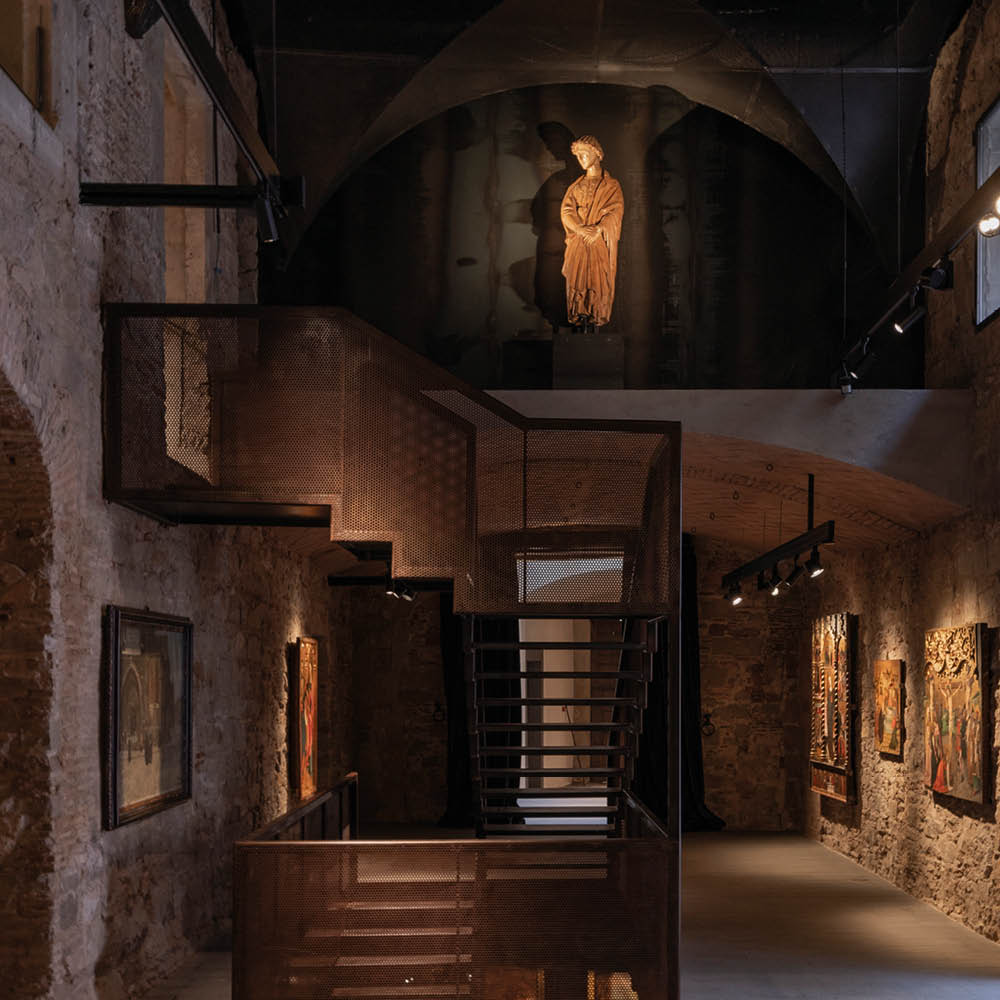






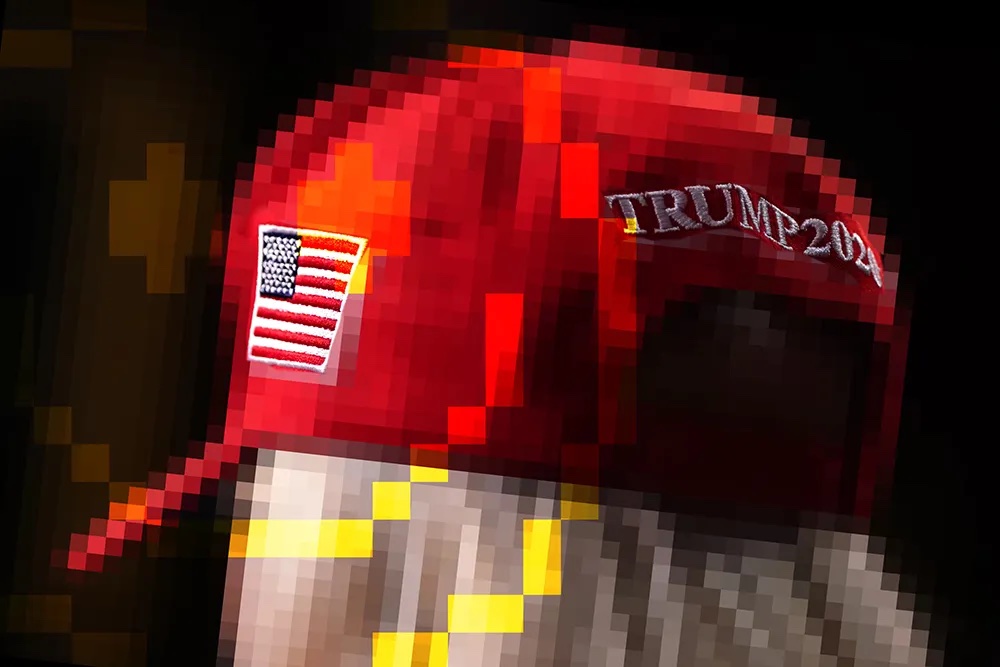
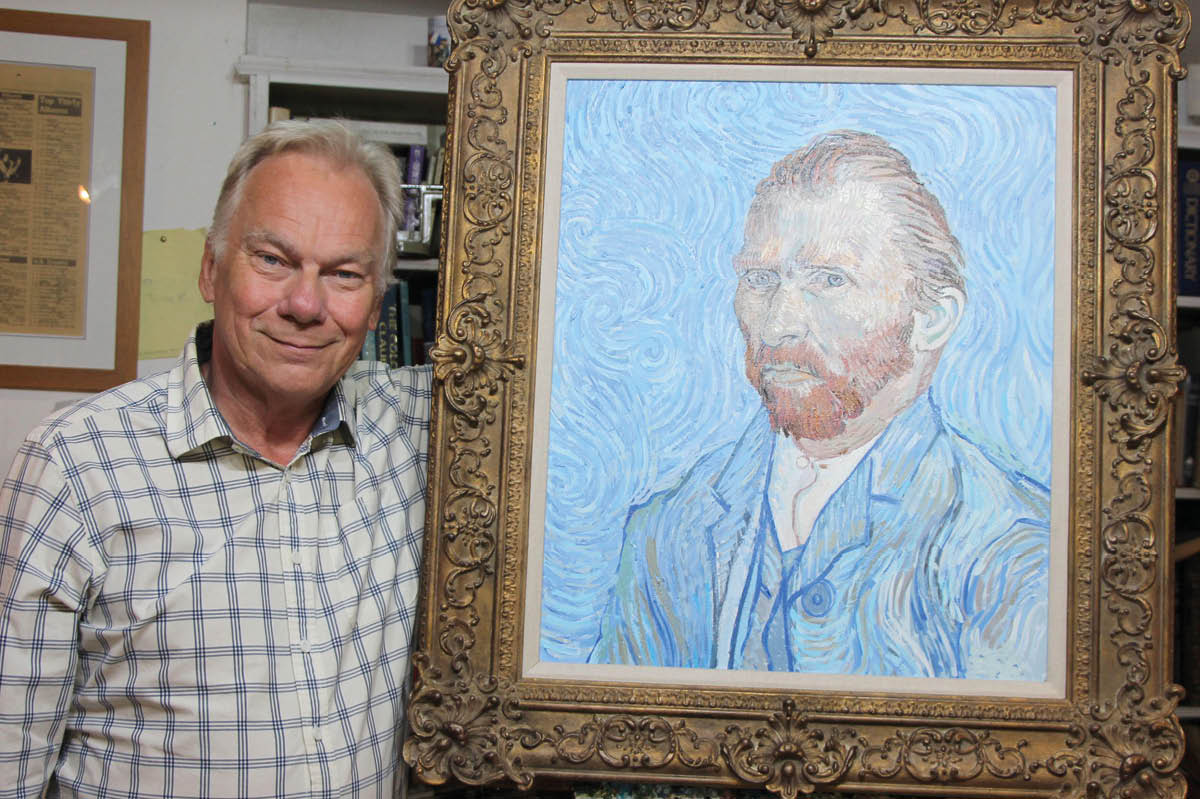
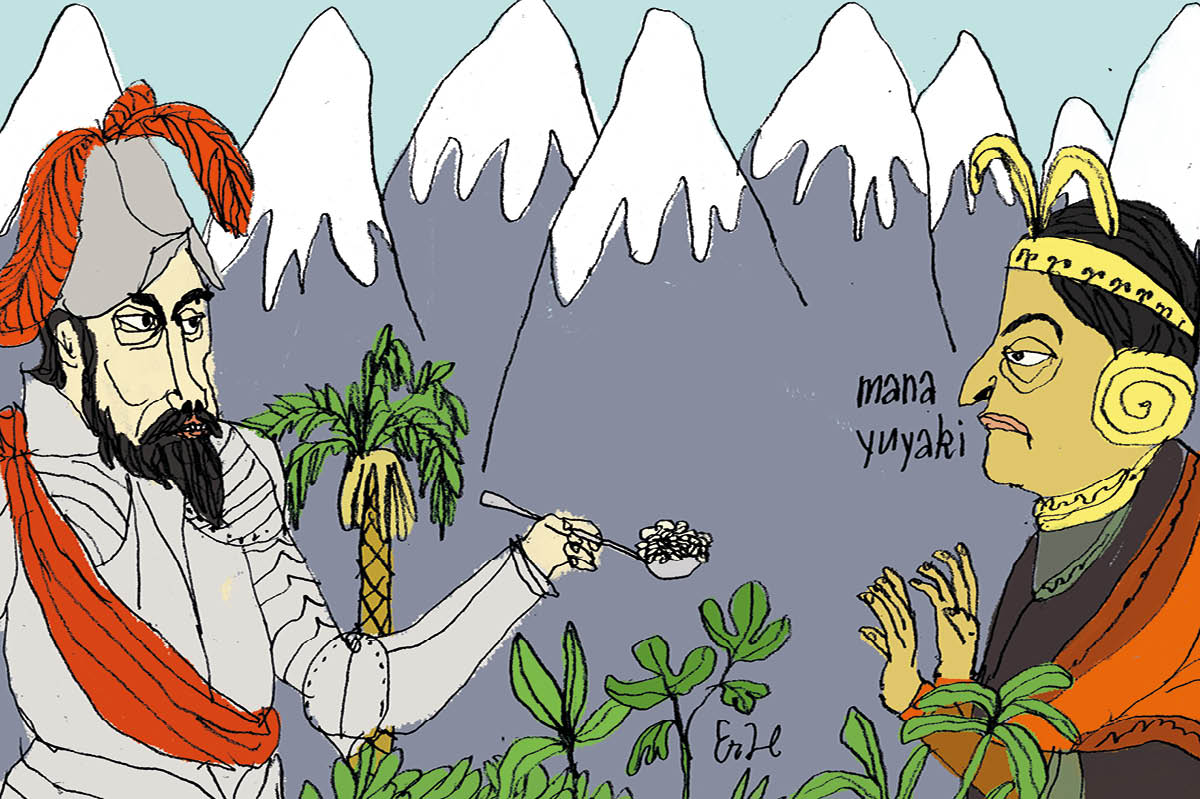
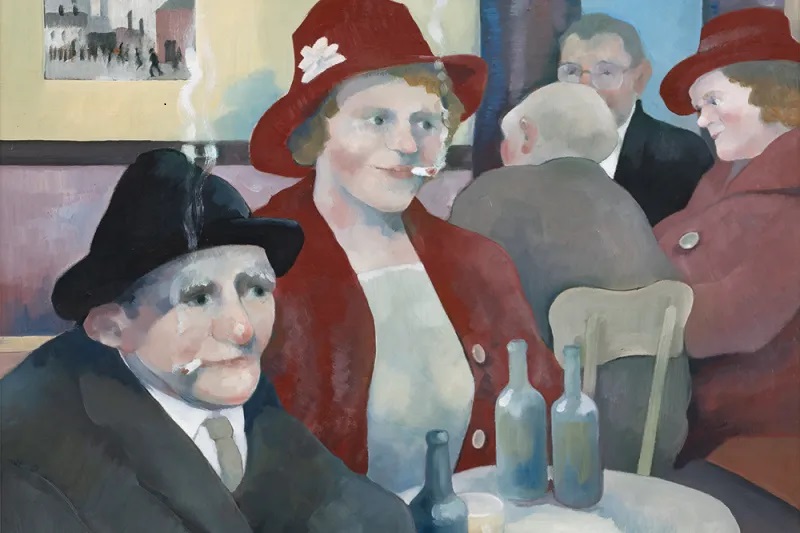
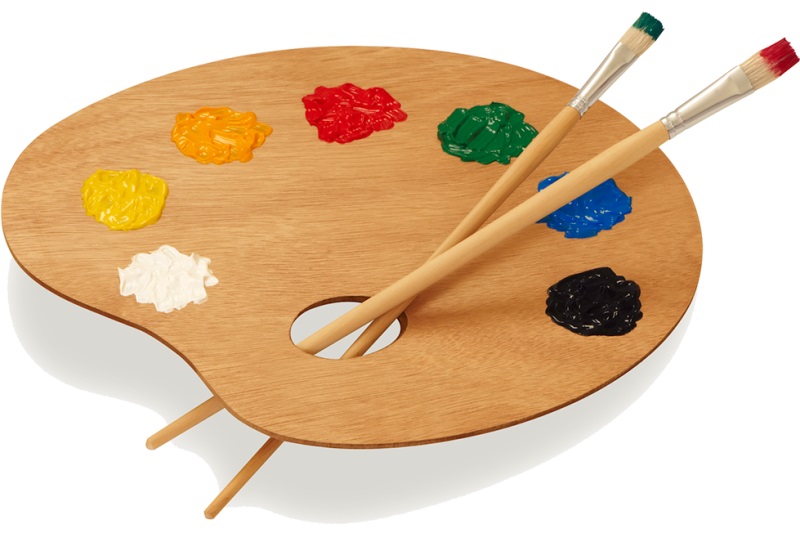





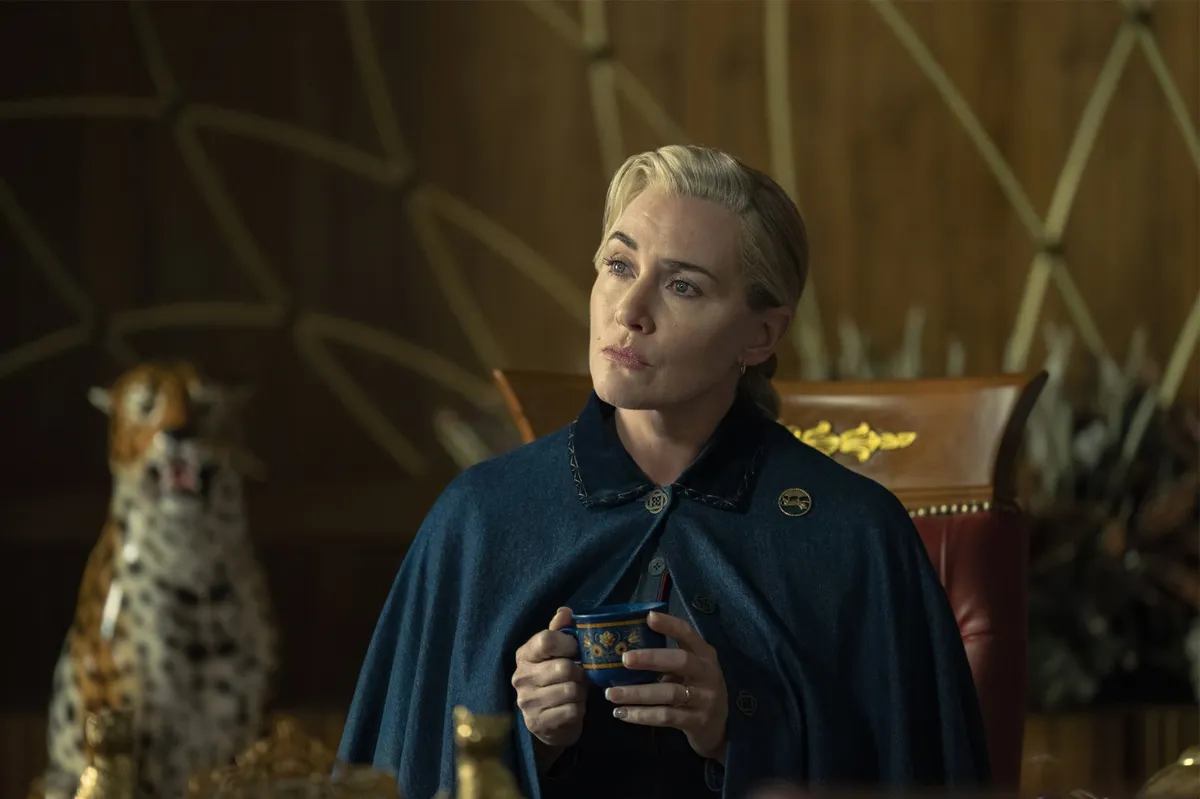


Leave a Reply